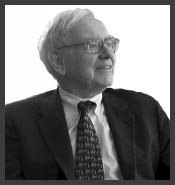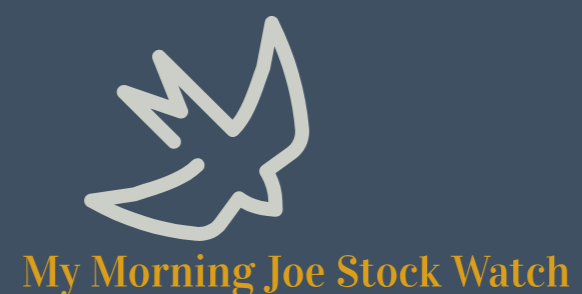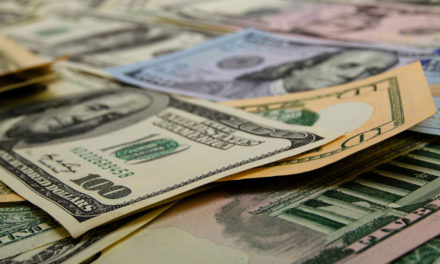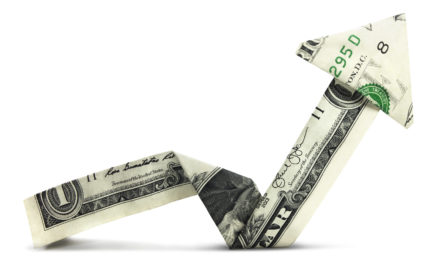
“When we own portions of outstanding businesses with outstanding managements, our favorite holding period is forever.”
— Warren Buffett
The above quote from Warren Buffett is timeless, and brings into focus the choice about time horizon that any investor should think about before buying a stock they are considering. Behind every stock is an actual business; what will that business look like over a two-decade period?
Today, let’s look backwards in time to 2004, and take a look at what happened to investors who asked that very question about AvalonBay Communities, Inc. (NYSE: AVB), by taking a look at the investment outcome over a two-decade holding period.
| Start date: | 12/30/2004 |
|
|||
| End date: | 12/27/2024 | ||||
| Start price/share: | $75.24 | ||||
| End price/share: | $221.18 | ||||
| Starting shares: | 132.91 | ||||
| Ending shares: | 268.61 | ||||
| Dividends reinvested/share: | $97.08 | ||||
| Total return: | 494.12% | ||||
| Average annual return: | 9.32% | ||||
| Starting investment: | $10,000.00 | ||||
| Ending investment: | $59,457.21 | ||||
As shown above, the two-decade investment result worked out well, with an annualized rate of return of 9.32%. This would have turned a $10K investment made 20 years ago into $59,457.21 today (as of 12/27/2024). On a total return basis, that’s a result of 494.12% (something to think about: how might AVB shares perform over the next 20 years?). [These numbers were computed with the Dividend Channel DRIP Returns Calculator.]
Many investors out there refuse to own any stock that lacks a dividend; in the case of AvalonBay Communities, Inc., investors have received $97.08/share in dividends these past 20 years examined in the exercise above. This means total return was driven not just by share price, but also by the dividends received (and what the investor did with those dividends). For this exercise, what we’ve done with the dividends is to assume they are reinvestted — i.e. used to purchase additional shares (the calculations use closing price on ex-date).
Based upon the most recent annualized dividend rate of 6.8/share, we calculate that AVB has a current yield of approximately 3.07%. Another interesting datapoint we can examine is ‘yield on cost’ — in other words, we can express the current annualized dividend of 6.8 against the original $75.24/share purchase price. This works out to a yield on cost of 4.08%.
One more piece of investment wisdom to leave you with:
“Value investing requires a great deal of hard work, unusually strict discipline, and a long-term investment horizon. Few are willing and able to devote sufficient time and effort to become value investors, and only a fraction of those have the proper mind-set to succeed.” — Seth Klarman




